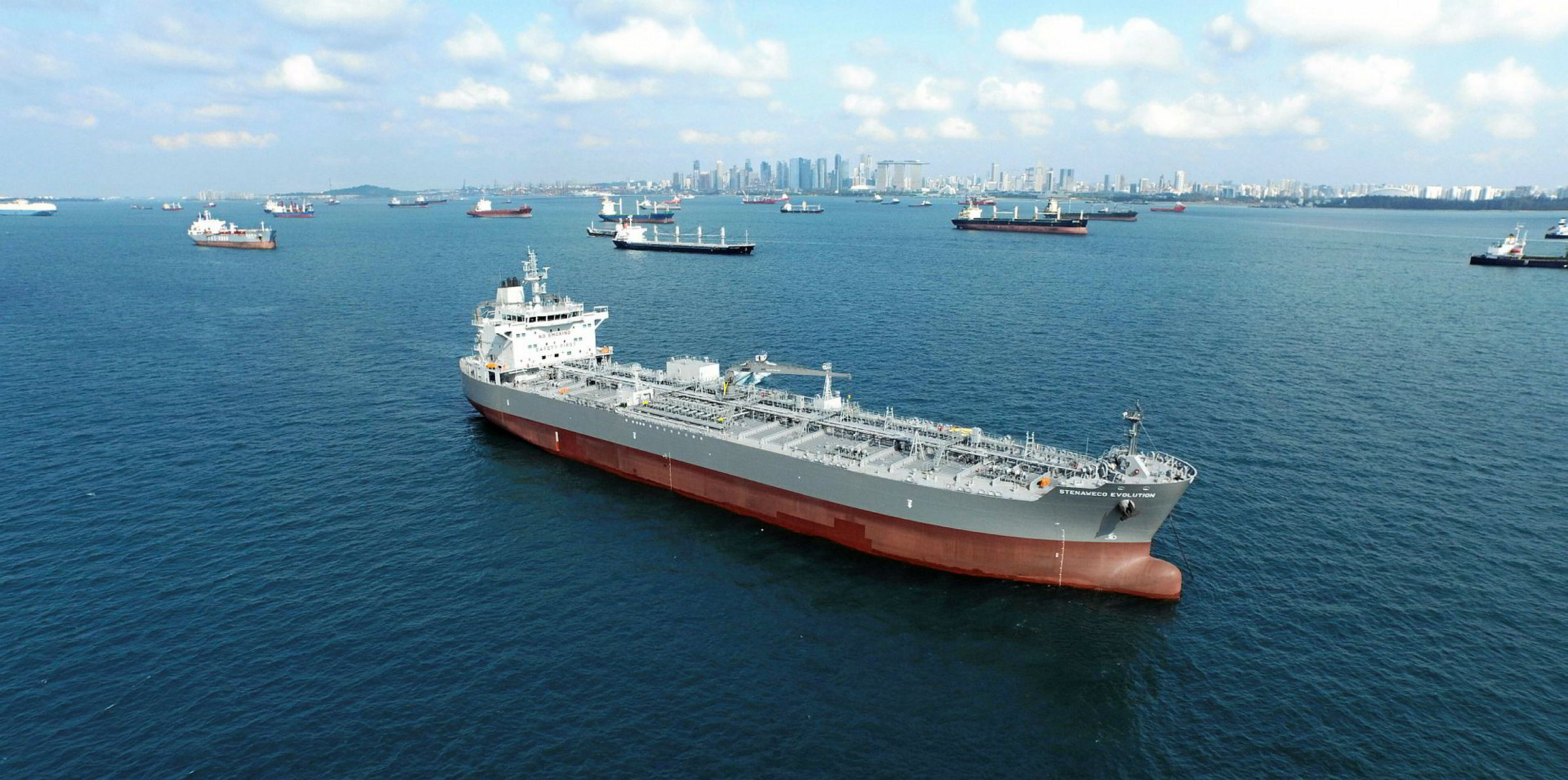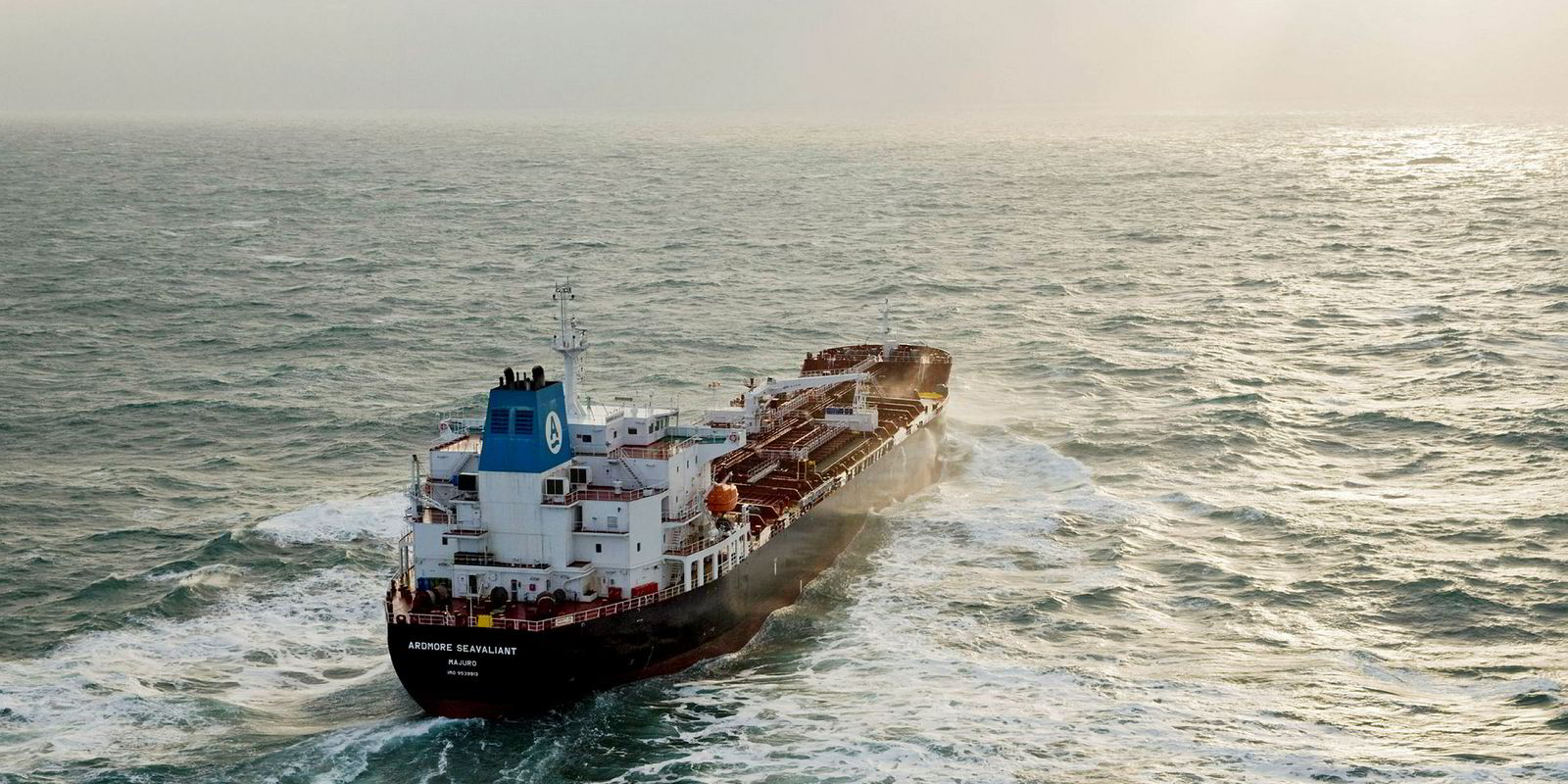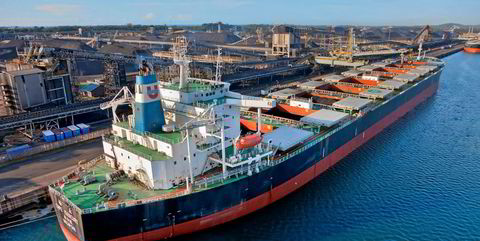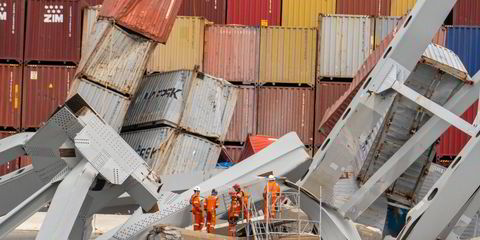The number of product tankers being used for short-term floating storage in East Asia remains high due to weak supply-demand fundamentals for diesel in China, the region’s top consumer.
According to data from Kpler and VesselsValue, four LR2 tankers, two LR1s, four MRs and one small tanker have been floated for less than two months off Taiwan, China, Singapore and the Philippines as of mid-December.
Over that time, three LR2s have left the floating storage fleet, while one joined earlier this month.
The demand for floating storage emerged earlier this quarter, with many charterers unwilling or unable to discharge their gas oil cargoes amid regional oversupply, industry sources said.
Aside from bearish crude prices, the Asian gas oil market has also been pressured by lacklustre demand in China as a result of the country’s trade war with the US.
Export quota
Beijing has issued an additional export quota for 1.1 million tonnes of gas oil during the final two months of this year, according to Braemar ACM — a move that is compounding the supply glut.
“Demand has been too bad... There was too much inventory,” an Asia-based diesel trader said.
The vessels are not believed to have originally been chartered for the purpose of floating storage. Rather, charterers have been forced into using the vessels for storage as they have been unable to find buyers for the diesel onboard, or felt that demurrage costs would be less than the trading losses incurred should they sell the fuel.
“It’s always a bit of a debate as to whether to call this floating storage or vessel delay,” an analyst said.
Nonetheless, the temporary removal of the vessels from the global trading fleet coupled with port congestions and buoyant cargo flows have boosted product tanker earnings to their multi-year highs this month.
Looking forward, gas oil traders may continue to keep their cargoes at sea due to the supply glut and weak crude price even as current tanker rates could curb interest in further floating storage use.
Gas oil benchmark
Having fallen by nearly 20% in November, Singapore’s benchmark 0.05%-sulphur gas oil price bottomed out at about $71 per barrel in mid-December, according to Bloomberg.
This is largely in line with crude price movement after Opec and its Russia-led allies agreed to reduce crude output by 1.2 million barrels per day in early December.
“The [diesel price] recovery is still too slow to clear the high inventory floating,” the trader said, assuming that a higher gas oil price could create more incentives for discharging.






